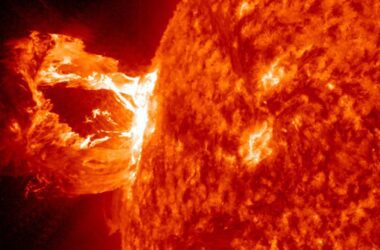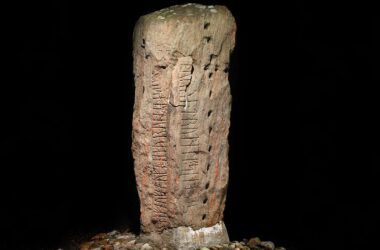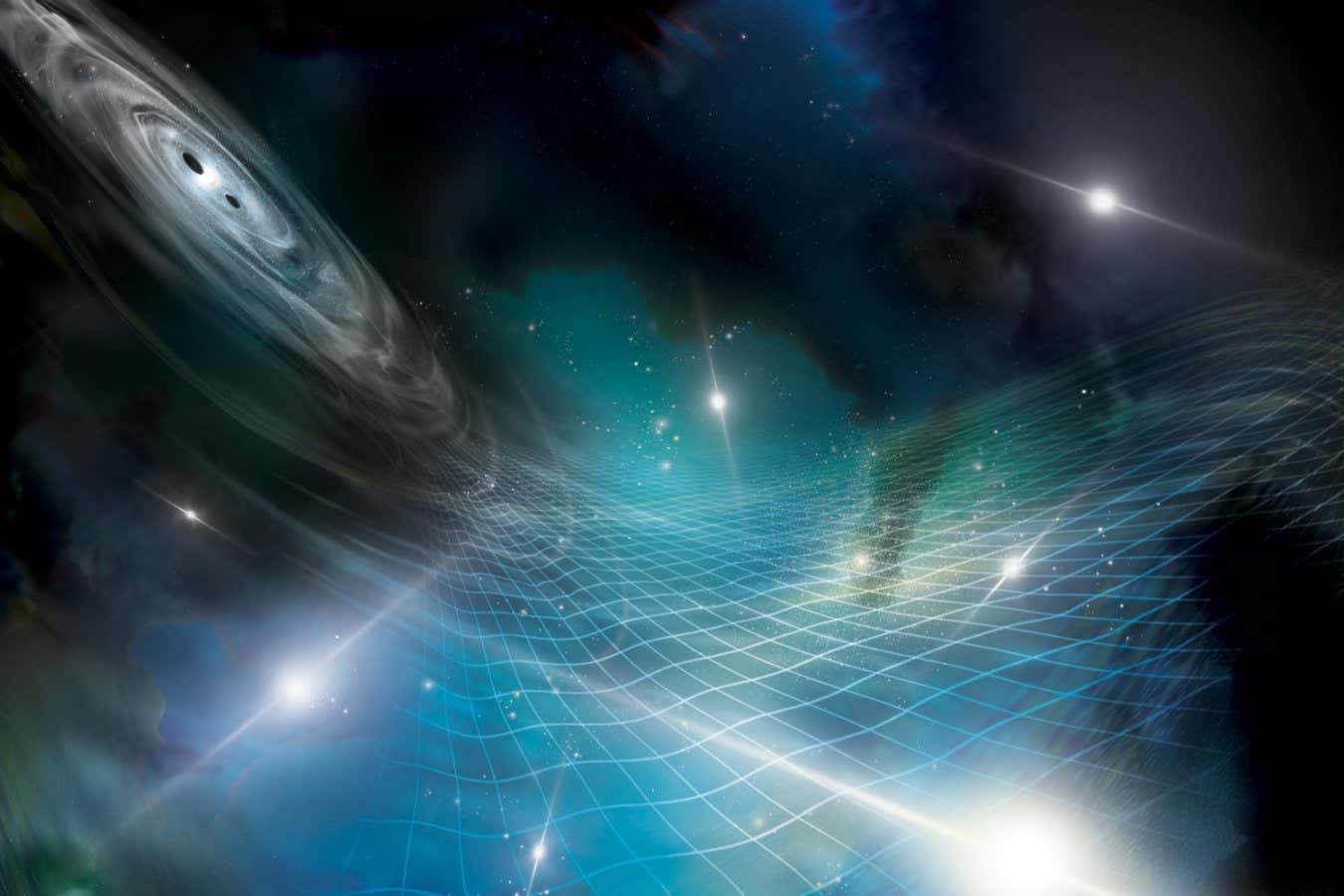Shutterstock/Sola Solandra
Imagine two grand narratives battling for supremacy in the cosmic arena! Picture the universe as a magical fabric stretching endlessly since time began, versus a realm where tiny, elusive entities dance without defined positions or time. These are the tantalizing perspectives of modern physics, but here’s the kicker—they apply to vastly different scales!
Enter Einstein’s general relativity, the heavyweight champ ruling over massive celestial objects and cosmic distances with its mastery of gravity, space, and time. On the other side, meet quantum physics, the nimble warrior explaining the behavior of minuscule atoms and subatomic particles.
The plot thickens when we rewind the clock to the moment of the big bang, where the entire universe squeezed into an infinitesimal point. Suddenly, one question looms large: Can these two rival tales ever merge into a single truth?
Meet Toby Wiseman, the daring theorist from Imperial College London, who ponders, “Why we’re here is the big question. It seems that quantum gravity is the only answer.”
But here’s the rub—despite decades of tireless searching, the answer remains elusive. Quantum gravity demands the perfect marriage of the continuous and the indivisible, the predictable and the random. Countless ideas have been thrown into the cosmic cauldron, but none have emerged victorious. Wiseman admits, “We’re still no better off at understanding the beginning of space and time.”
Bold physicists enter the fray, wielding the power of quantum physics! Armed with quantum field theory, they describe electromagnetism, the strong nuclear force, and the weak nuclear force as quantized particles. Enter the graviton, the quantum particle for gravity. Yet, this approach stumbles when facing the crushing might of gravity near black holes or during the big bang—resulting in nonsensical equations and infinite values.
Alternatively, some daring souls turn to the mighty general relativity! It treats gravity as a property of space-time, bending and stretching in response to matter and energy. But even this grand theory falters at extreme scales, where space-time loses its grip on reality.
Intriguingly, some have sought a truce by quantizing space-time itself. Meet loop quantum gravity, a wild idea proposing that space-time consists of interconnected tiny loops forming a cosmic fabric or foam. It sidesteps the pitfalls of general relativity and quantum field theory, but still grapples with the mystery of how space-time emerges from these loops and how it interacts with other forces of nature.
Enter the enigmatic string theory! It shatters the notion of particles, revealing the universe’s fundamental entities as tiny vibrating strings. Each vibration mode corresponds to different particles and forces. Moreover, string theory unveils hidden dimensions beyond our perception. A grand unifier, string theory has the potential to explain all the secrets of nature, but its path is fraught with unsolved riddles and the lack of experimental evidence.
The pursuit of quantum gravity is an audacious journey into uncharted territories of physics. It challenges us to rethink reality itself, delving into new realms of possibility. The ultimate prize? Unraveling the birth and destiny of our universe, and maybe even uncovering other universes that lie beyond!
As Wiseman reflects, “Quantum gravity is the ultimate question.” So, let the cosmic battle rage on, as intrepid minds strive to untangle the universe’s greatest enigma!
FAQs (Frequently Asked Questions)
Q: What are the two grand narratives battling for supremacy in modern physics?
A: The two narratives are Einstein’s general relativity, explaining gravity, space, and time, and quantum physics, describing the behavior of subatomic particles.
Q: Can these two rival tales of physics merge into a single truth?
A: Despite decades of searching, the answer remains elusive. Quantum gravity demands a perfect marriage of continuity and indivisibility.
Q: How have physicists attempted to tackle the challenge of quantum gravity?
A: Some have used quantum field theory to describe gravity with the graviton particle, while others turn to general relativity, treating gravity as a property of space-time.
Q: What is loop quantum gravity, and how does it address the challenges of general relativity and quantum field theory?
A: Loop quantum gravity proposes that space-time consists of interconnected tiny loops forming a cosmic fabric or foam, bypassing the pitfalls of both theories.
Q: What is string theory, and how does it differ from traditional particle theories?
A: String theory reveals the universe’s fundamental entities as tiny vibrating strings, with each vibration mode corresponding to different particles and forces.
Q: What is the ultimate goal of the pursuit of quantum gravity?
A: The ultimate goal is to unravel the birth and destiny of the universe, leading to a deeper understanding of reality and the potential discovery of other universes.








